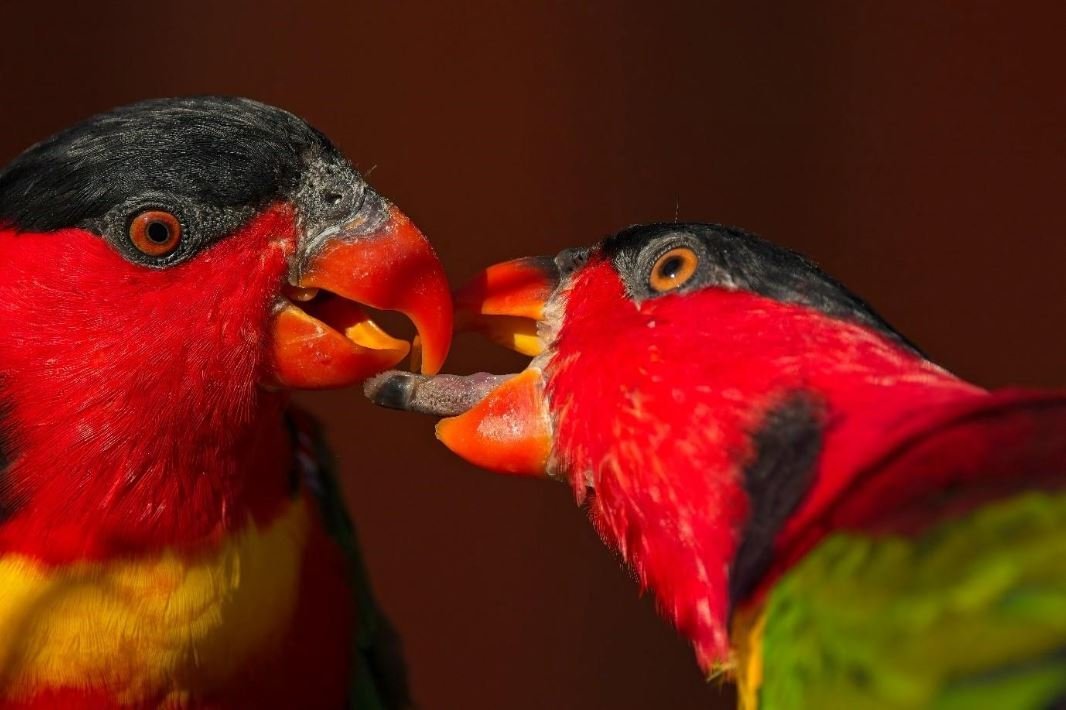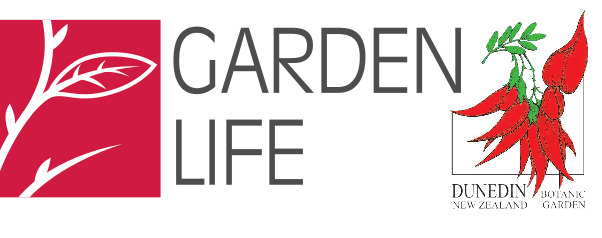
Bright, energetic, and endlessly inquisitive, these parrots are a delight for staff and visitors and now they may soon be parents.
Native to the forests and coastal regions of the Solomon Islands and nearby Pacific islands, yellow-bibbed lorikeets, lorius chlorocercus, are striking parrots, easily recognised by their vivid red and green plumage accented with a splash of yellow on the chest and black head.
In the wild, they thrive on a diet of nectar, pollen, fruit, and blossoms - a lifestyle we try to mirror at the Garden, where their feeding antics are always entertaining.
What makes them unique is their specialised brush-tipped tongue, perfectly adapted for lapping up nectar.
This adaptation invites a comparison closer to home: New Zealand’s tui and bellbird also use brush-like tongues to feed on kōwhai, flax, and other native flowers.
Just like our endemic nectar-feeders, the lorikeets play an important role in pollination within their natural range.
At Dunedin Botanic Garden, these charismatic parrots are among the most engaging birds to care for.
Always up to something, whether exploring planting, chattering loudly to each other, or showing off to visitors, they bring colour and life to the aviary.
With breeding season just beginning, staff are hopeful this lively pair will display normal breeding behaviour and raise young.
For now, the chatter of spring belongs not just to the tui in the treetops, but also to the lorikeets preparing for the season ahead.














